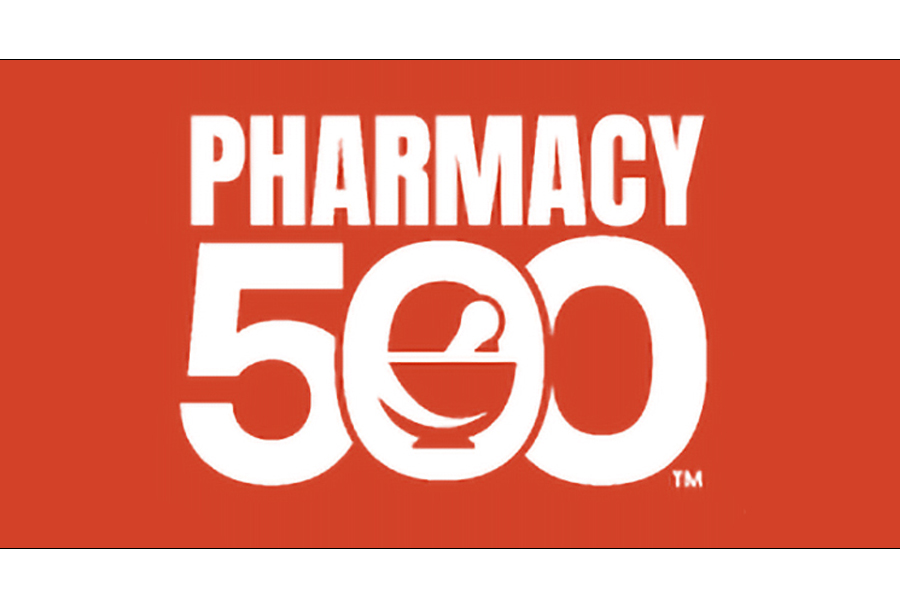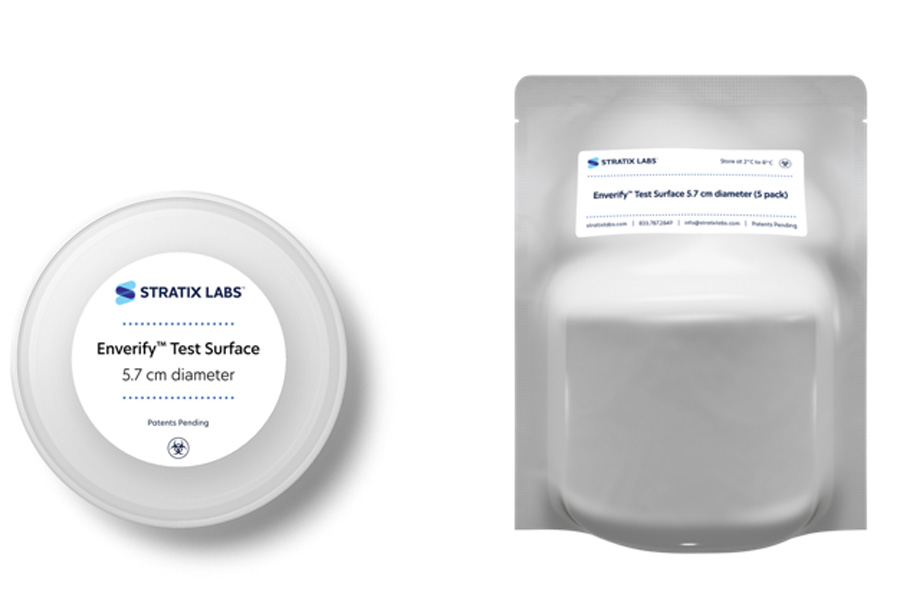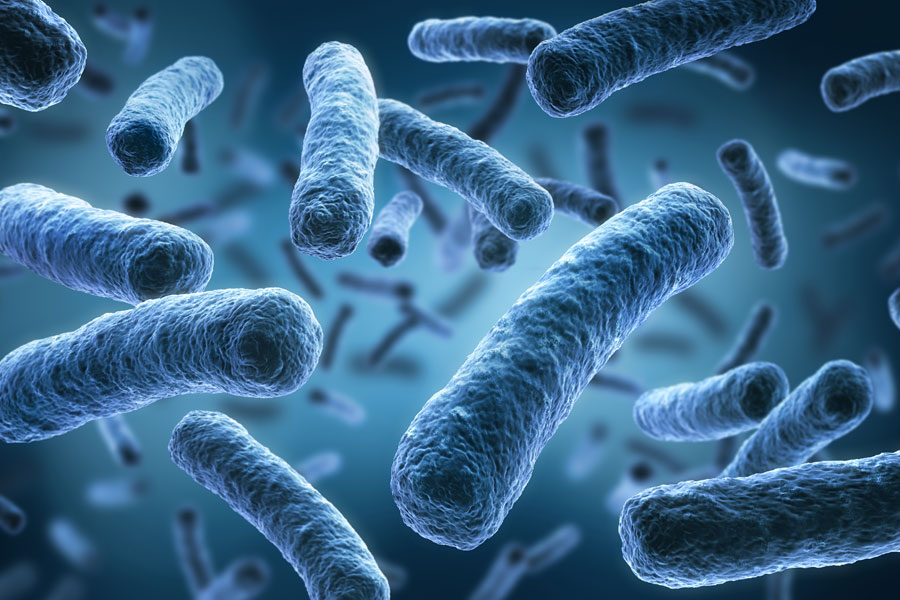
Photo by Gibson Hurst™ on Unsplash
History of Legionnaires’ Disease
An Unwelcome Guest at the United States’ Bicentennial

Photo by Gibson Hurst™ on Unsplash
Legionnaires’ disease was first reported in the summer of 1976, a year in which the United States celebrated its bicentennial. Nowhere was the historic celebration more meaningful than in the city of Philadelphia, often called the birthplace of the nation.
During that summer, the City of Brotherly Love was host to 4,000 members of the American Legion, who gathered for their convention only blocks away from Independence Hall, in the Bellevue-Stratford Hotel. It wasn’t until the convention wound down and the guests returned home that legionnaires began to fall ill. Within a few short weeks, 12 members had died, and more than three dozen were hospitalized with a mysterious respiratory illness.
The outbreak made national news and eventually resulted in what was considered one of the largest investigations in medical history.
The Mystery of Legionnaires’ Disease
The symptoms of the mysterious outbreak included fevers as high as 107 degrees, muscle aches, headaches, severe coughs, and diarrhea. Muscle pains and chest pains were also common.
While most of the victims had spent time inside the Bellevue-Stratford, patients included a bank teller who worked nearby and a bus driver who transported cadets performing in the convention’s parade.
The fear of a new and deadly flu spread across Pennsylvania, and health officials struggled to prevent panic as the death toll rose. A team of 20 epidemiologists from the Centers for Disease Control and Prevention (CDC) joined forces with state health workers to examine every aspect of the outbreak. A range of possible causes, from food poisoning to terrorism, were considered.
The Science of Legionnaire’ Disease
Laboratories worked around the clock for months, examining blood and tissue samples from the victims and environmental samples from the hotel, including samples taken from the building’s HVAC system and ice machines.
The cause was finally isolated by CDC microbiologist Joseph McCade when he discovered a previously unknown bacterium in a tissue sample. The new germ was dubbed Legionella, and the infection now known as Legionnaire’s Disease was found to respond well to antibiotic treatment.
Research over the years has dramatically expanded our knowledge of Legionella.
Legionnaire’s disease is a severe, often lethal form of pneumonia, caused primarily by the bacterium L. pneumophilia. Legionella bacteria occur naturally in freshwater environments, including lakes and streams, as well as in soil. Legionella thrives under conditions of warm, stagnant water where impurities like rust and limescale can act as nutrients.
The disease is contracted when aerosolized droplets containing Legionella are inhaled or aspirated into a victim’s lungs.
The summer of ’76 in Philadelphia was scorching hot. Legionella bacteria gained a foothold in the Bellevue-Stratford’s water and cooling system, and as we know now, showers, fountains, and hot tubs are places where people can come into contact with contaminated droplets of water, potentially breathing them in and falling victim to Legionnaire’s Disease.
Keeping Legionella Outbreaks Under Control
Each year, between 8,000 and 18,000 people in the United States contract L. pneumophila and go on to develop Legionnaires’ Disease. It may be responsible for between 3% and 15% of all community-acquired pneumonia. Reports suggest that elderly males may be the most likely to develop the disease.
The Centers for Disease Control and Prevention have developed A Practical Guide to implementing industry standard water management programs designed to keep public water systems well-maintained and free of Legionella.
Legionella testing is a part of preventing outbreaks. Testing should be performed for both potable and non-potable water sources for buildings and facilities including, but not necessarily limited to: Hotels, Convention Centers, and Apartment Buildings, Hospitals and Healthcare Clinics, and Senior Living Facilities.
Testing can take place initially to validate a water management plan and periodically thereafter to ensure the plan is performing as expected. More frequent testing may be required by law under certain circumstances, such as when a Legionella outbreak is suspected.
How to Test for the Presence of Legionella
How does Legionella testing take place? Legionella testing requires the services of a certified microbiology laboratory, like U.S. Micro-Solutions. When you contact us, sample collection bottles and/or swabs are sent to you, along with a chain of custody form. Detailed instructions are provided on our website for collecting potable and nonpotable water and swab samples Legionella Sample Collection. Once collected and labeled, samples are placed in water-tight bags and packed in a box for shipping to the lab.
Our Legionella Testing Services
U.S. Micro-Solutions is a microbiology laboratory licensed and accredited for thorough, cutting edge environmental testing, including water analysis and identification of specific pathogens. We hold ELITE and New York ELAP accreditations and are highly experienced in the field of Legionella testing, making us an excellent choice for facilities, nationwide.
Legionella testing is increasingly recognized as an important part of a water management program for both potable and non-potable water systems. New York, ASHRAE, and Centers for Medicare & Medicaid Services mandate or recommend testing to validate water management programs and to monitor their effectiveness.
If you would like to learn more about U.S. Micro-Solutions’ water testing services, please give us a call at 724-853-4047, or visit our Contact Us page.



